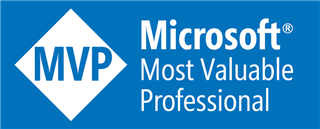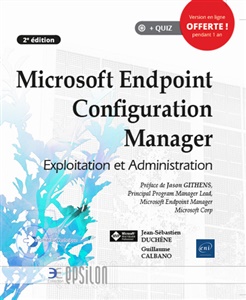Microsoft IT (MSIT) propose deux documents sur le déploiement d’Office 2010 au sein de Microsoft. Ils décrivent ainsi le processus établit par Microsoft pour déployer la nouvelle suite sur plus de 100,000 postes de travail.
On retrouve par exemple un tableau récapitulatif des méthodes de déploiement disponibles :
|
Method |
Advantages |
Disadvantages |
Used by MSIT? |
|
CD/DVD or File-Based Installation |
Suitable for users who are responsible for installing their own software. |
Practical only for small organizations and remote users |
Yes, used for small sites and remote users |
|
Deployment Share |
Simplest way to deploy over a network. Easier for smaller IT departments to implement. |
Difficult to control which users install and when. |
Yes |
|
Windows Deployment Services/operating system image |
Useful for global deployments |
Requires a supporting infrastructure and appropriate technical expertise |
Yes, used as the primary image distribution worldwide. |
|
System Center Configuration Manager/OSD |
Quickly deploys software to thousands of computers. Provides patch management, bandwidth control, and centralized monitoring. OSD technology enables more flexibility for managing the image components in the sequence and doesn’t require a full build/test/release cycle. |
Requires a supporting infrastructure and appropriate technical expertise |
Yes, used in the Redmond area |
|
Group Policy Objects |
Assigns specific startup scripts for starting an Office 2010 installation. Utilizes Active Directory® Domain Services and enables security updates. |
Requires a supporting infrastructure and appropriate technical expertise. |
No |
|
Microsoft Deployment Toolkit 2010 |
Uses a deployment share for installation, but provides a console that enables predefined installation settings. Offers additional functionality that enables customers to configure Setup behavior. |
Difficult to control and monitor which users install Office 2010 and when. Supports only first-time installations. |
No |
|
Microsoft App-V |
Enables users to stream applications on demand to workstations. Provides centralized management of applications, roaming, and allows multiple versions of Office to coexist to help mitigate compatibility issues. |
Requires supporting infrastructure, appropriate technical expertise, and increased bandwidth |
No |
|
Windows Server 2008 Terminal Services |
Enables users to operate Office 2010 applications from their workstations. Offers centralized management of applications, roaming, and reduced network traffic compared to App-V. |
Reliance of application availability on the network infrastructure. Possibly lower performance for graphic-intensive applications and documents |
No |
Télécharger l’étude de cas Deploying Office 2010 at Microsoft




